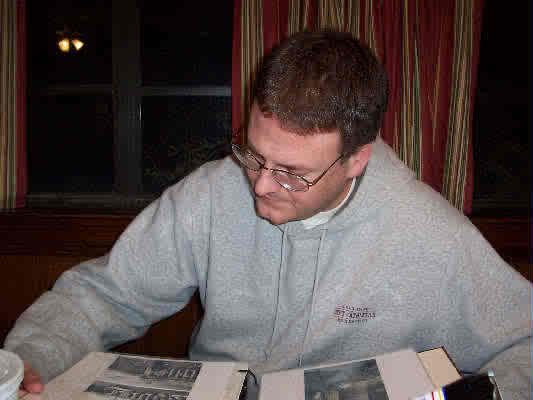John Calvin’s Theology (Part Seven) – The Two Natures of Christ: Vere Homo, Vere Deus (part 2)
This is how John Calvin begins the fourteenth chapter of his Institutes, and this is the heart of Calvin’s Christology. Calvin taught that Christ was distinctively two natures, one divine and one human; however, these two natures were such that they both constitute one Christ. We know distinctions between Christ’s natures as they apply to that particular nature of Christ in the Scriptures. In other words, Calvin details those passages in the New Testament which apply only to the divine nature, those passages which apply only to the human nature and those passages which apply to both. All play an integral part in our understanding the two natures and the one Christ. To not understand the distinctions and how they are conjoined, Calvin would say, is to end in some form of heretical view; in other words, to disregard one over the other, or to ignore them both and their unity within the one Christ ends in heresy.
Much of Calvin’s Christology in the Institutes is a response to a certain teacher in his day whom Calvin called “the fatal monster.” This teacher/theologian was Michael Servetus. Without going into detail, it should be noted that Servetus’s Christology ended in a form of Nestorianism, dividing the two natures of Christ and denying, in one way or the other, that the two natures of Christ were unified in one person (you can read Calvin’s response in chapter 14 of the Institutes). Calvin confirms the traditional teaching of the union of Christ’s natures by using the example from history of Christ’s hypostatic union. The hypostatic union is a historically orthodox teaching to denote the union of the two natures of Christ in one person.
Once Calvin has established his view of Christ’s natures he then begins to make application. Here is, I think, where Calvin’s Christology becomes very interesting, but moreover, where his view becomes quite “reformed.” And most Reformers, in his day and those who followed up to the present day, hold to this aspect of Calvin’s Christology regardless of the Reformed tradition in which they reside (i.e. Baptist, Presbyterian, etc.).
[Stay tuned . . . more to come!]


0 Comments:
Post a Comment
<< Home